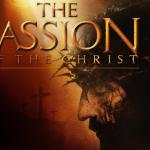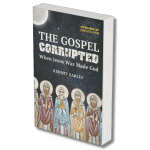The recent death of Robert Bellah made me reread his classic essay on American civil religion, which first appeared in 1967 and this, in turn, sparked a series’ worth of questions on what religion is. Bellah believed, as I have come to do, that a society without religion is impossible. This claim will strike quite a lot of readers as wholly absurd, as ridiculous as supposing that Earth goes round the sun when any fool can see the sun crossing the heavens several times at least in any English summer. So I think it’s worth examining and defending at some length.
The first requirement, if you are going to do this, is to break all notions of religion as being something essentially like Christianity or any of the other monotheisms of today. To talk about “religion” as if the perfect form was modern Christianity is like talking about biology as if the perfect mammal was homo sapiens.
Bellah was a sociologist and to some extent an anthropologist too. He knew very well that there have been innumerable different forms of religion, and that counter-examples can be found for everything that is supposed to be distinctively religious. You don’t need priests, holy books, or doctrines. You don’t even need myths. All these are things which, once established, are hard to be rid of, because they reflect and help to constitute increasingly complex models of social organisation which will tend to replace more simple ones. But none of them are essential to a religion.
At the same time, it’s important not to go too far in the other direction, and to suppose that every social activity, and every movement of the inner life, can be described as in some sense religious.
Read the rest here















